17 Uganda Education Facts (all about education in Uganda today)
Did you know that sending children to school can be too expensive for Ugandan families? Or that lots of teachers in Uganda drop out of school?
Discover everything through these 17 interesting Uganda education facts! 🇺🇬 🎓
The Best Facts About School in Uganda
Uganda is a landlocked country in East Africa, which means it is not connected to an ocean. It is bordered by Kenya, South Sudan, the Democratic Republic of Congo, Rwanda, and Tanzania. Its capital city is Kampala, which has more than 1,680,000 inhabitants (but more than 6,709,000 if you include the metropolitan area!).
An interesting part of the country that I wanted to tackle is its education. In light of that, I have listed my 17 education in Uganda facts, and I hope you will love them:
1. There are three levels and thirteen years in the Ugandan education system
Uganda education system is organized into three levels and thirteen years.
The levels are primary school, lower secondary school, and upper secondary school. They respectively last for 7 years, 4 years, and 2 years. Finally, tertiary education lasts from 3 to 5 years.
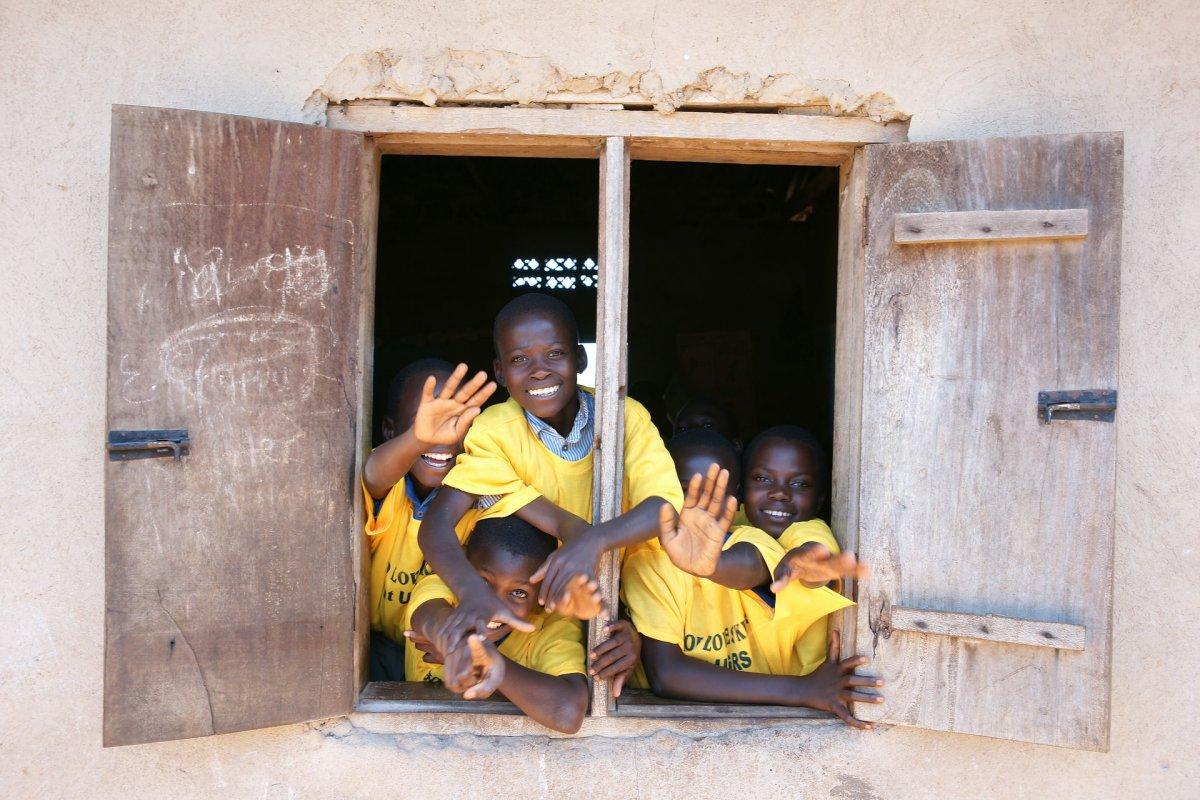
2. Primary education is universal since 1997 in Uganda
In 1997, the Ugandan government launched a plan called Universal Primary Education. From then on, it would pay the tuition fees of all orphans and families with up to 4 children.
Thanks to it, the number of students tripled from 1997 to 2014.
3. Ugandan girls are severely disadvantaged compared to their male counterparts
When it comes to education, Ugandan girls are far more disadvantaged than boys. 71.5 percent of them are literate, while this number goes up to 85.3 percent for boys.
This is mostly due to girls dropping out of school very early, and getting married or pregnant.
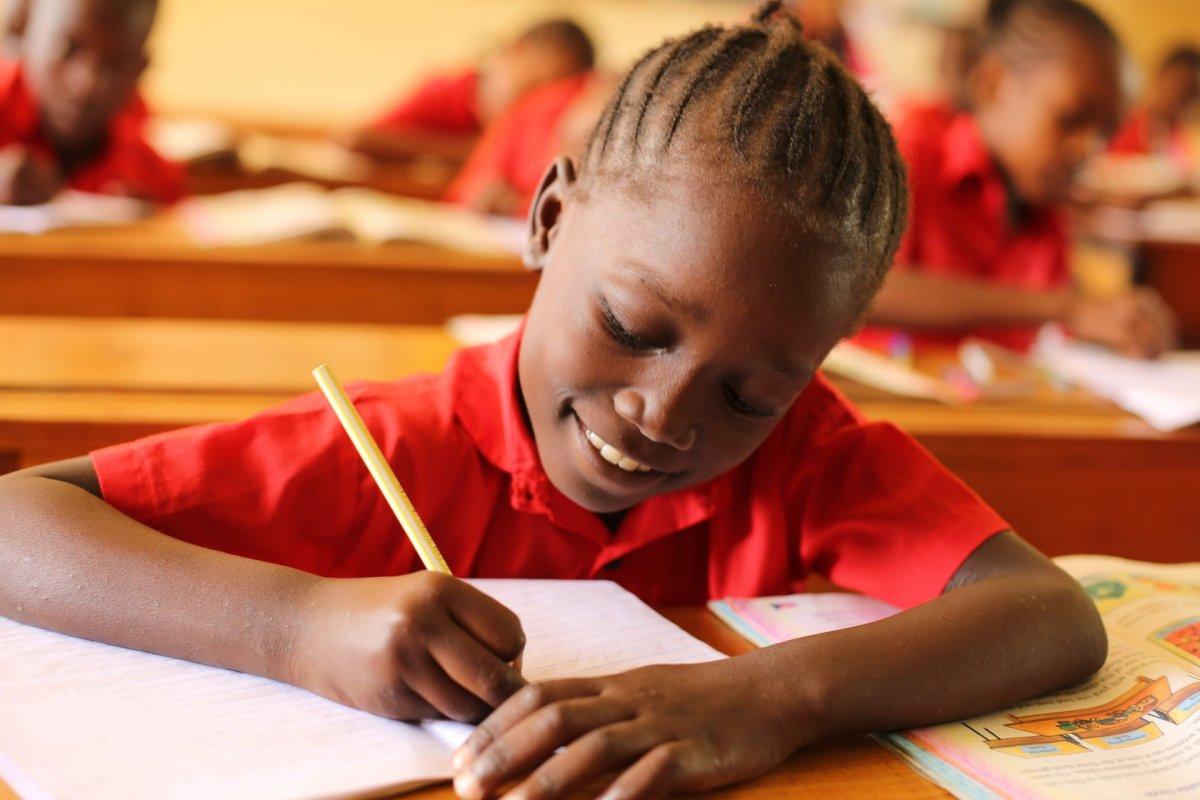
4. Some initiatives and organizations try to help Ugandan girls
In Uganda, it is unfortunately settled in people’s mindsets that girls need to help their household, get married, and have children. With that, they are trapped in a never-ending circle of the gender gap and lack of consideration.
Some initiatives like GirlUp Initiative Uganda try to help Ugandan girls with their education as much as possible though.
5. Very few Ugandan students complete primary school and carry on to secondary school
Despite enrollment rates being better and better in primary education, completion rates still remain a big problem in the country.
And this is not only an issue for girls: merely 1 out of every 4 students who start primary school make it to secondary school.
6. Ugandan pupils experience serious violence during their education
There are many reasons for Ugandan children to drop out of school early. One of them is violence, and it is a very serious one, sadly.
In fact, around 24 percent of students experience sexual abuse during their education. Others suffer from caning and corporal punishments.
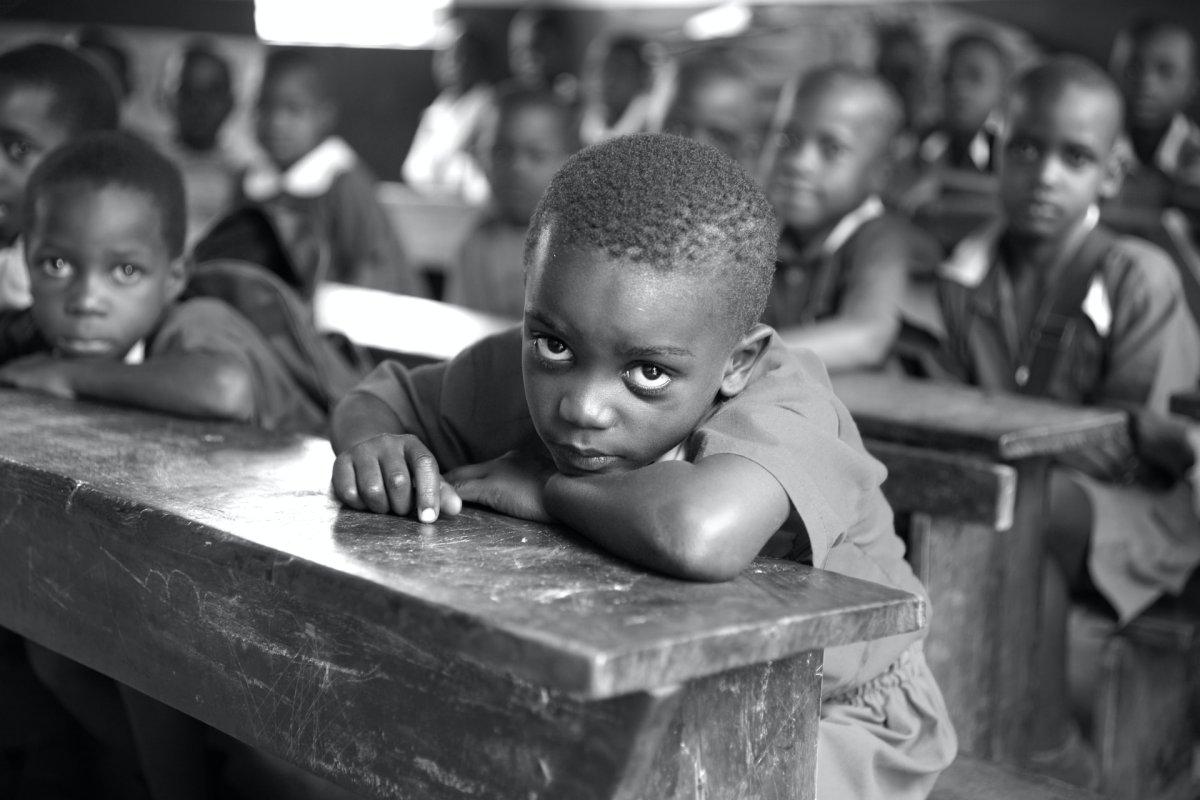
7. Some Ugandan children have no choice but to drop out of school because it is too expensive
Yes, Ugandan primary schools are free… but parents still need to pay for extra fees like transportation and school materials.
Because of this, and considering how poor the country is as a whole, many children have no choice but to drop out of school because fees are too important for their families.
8. Disabled children are neglected in Uganda
Disabled children have a very, very hard time receiving a proper education in Uganda.
More precisely, only 9 percent of children with disabilities enrolled all the way from pre-primary to secondary education. There are simply not enough facilities for them, and special needs teachers are nowhere to be seen.
9. Teacher absenteeism is a tragic problem in Uganda
Not only do Ugandan kids drop out of school quite often, but their teachers are not any better!
This will probably shock you, but approximately 60 percent of teachers are not in class when they should be. A truly tragic problem for the future of the country.
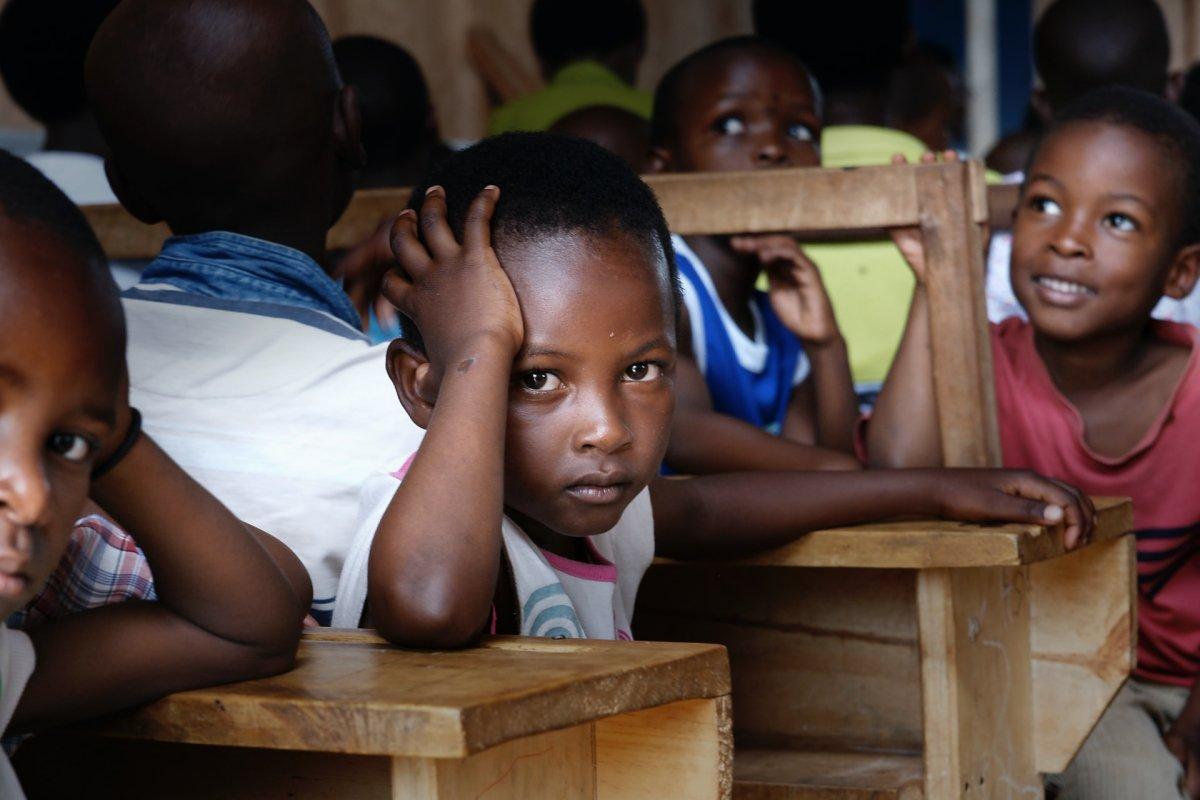
10. There are reasons for Ugandan teachers to be out of class
Sadly, there are many reasons for Ugandan teachers to be absent.
Generally speaking, teachers in the country work too much, with too many children (up to 100 students per classroom!), and largely feel demotivated. On top of this, facilities are either poor, inadequate, or simply non-existent.
11. The Ugandan government spends around 10 percent of its budget on education
Compared to other Sub-Saharan African countries, the Ugandan government spends a low share of its yearly budget on education: only around 10 percent (against 16 percent).
If it would invest more, it could, over a few years, significantly reduce poverty, improve the country’s literacy and give better employment opportunities to students.
12. Uganda is home to hundreds of thousands of migrants
One of the complicated issues that Uganda is trying to solve is to both host migrants and educate them.
While they really want to keep others safe and give them access to education, the country needs more plans for it to work.
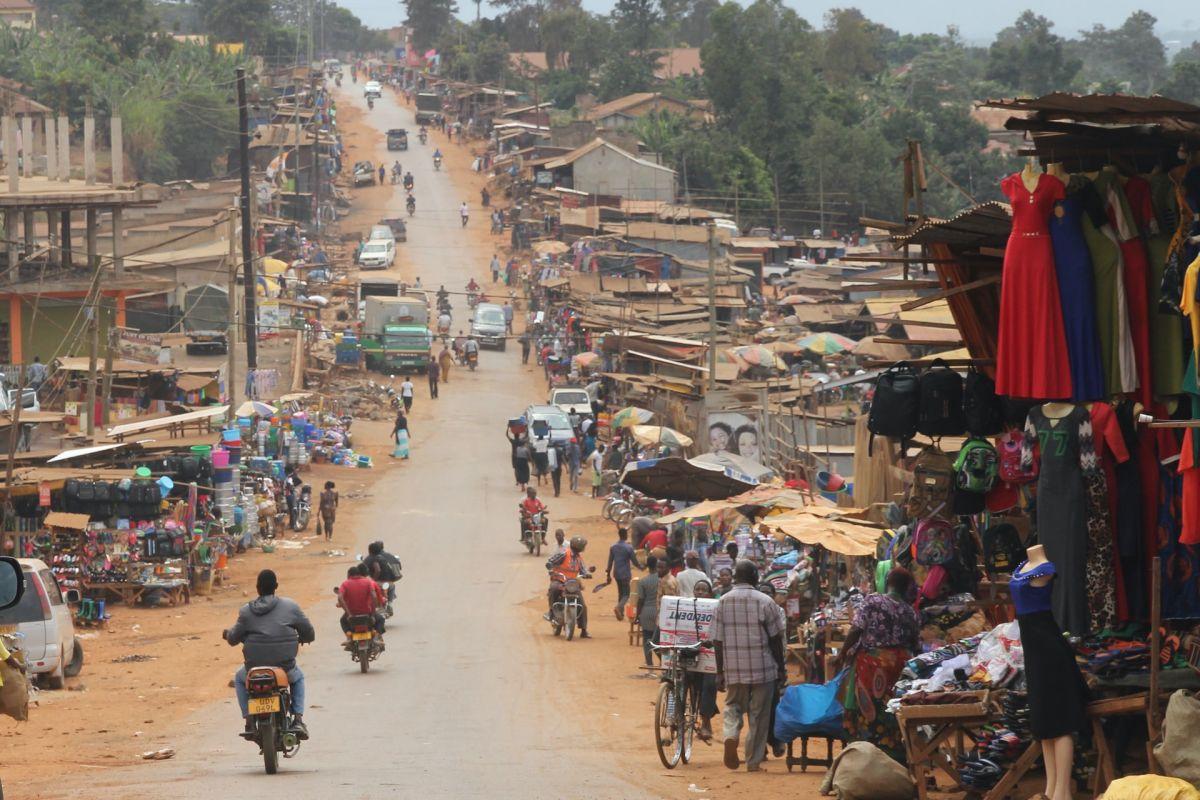
13. Early childhood learning and development are vastly compromised in Uganda
While many countries offer early childhood development programs, this is largely compromised in Uganda.
There are not enough pre-schools, and teachers are clearly underqualified. Only 1 out of every 10 children between 3 and 5 years old is enrolled in pre-primary education.
14. Higher education in Uganda is in dire straits
While it used to be better, Uganda higher education is now in a very poor situation.
There are many strikes and protests by students and staff. Pays are late and too low, and safety concerns are on the rise.
15. Improving education in Uganda seems impossible, but it is better every day
With all problems Uganda has to face when it comes to its education system, the situation looks almost impossible to solve.
However, there is still hope: it is getting better every day. For instance, some solidarity summits garner a ton of funds, and more and more organizations are trying to help the country.
16. Uganda vastly relies on international aid for its education funding
The country of Uganda, in theory, thinks education is primordial.
Nevertheless, it is vastly funded by international aid, especially in order to support refugees’ basic needs. The country did not get enough aid yet to be able to implement its plans.
17. Several international organizations try to help Uganda with its education
There are many international organizations, like USAID, UNICEF, and the Global Partnership for Education, that try to help Uganda with its education.
They work with the government to reduce the gender gap in schools, improve access to education as a whole, and build more schools.
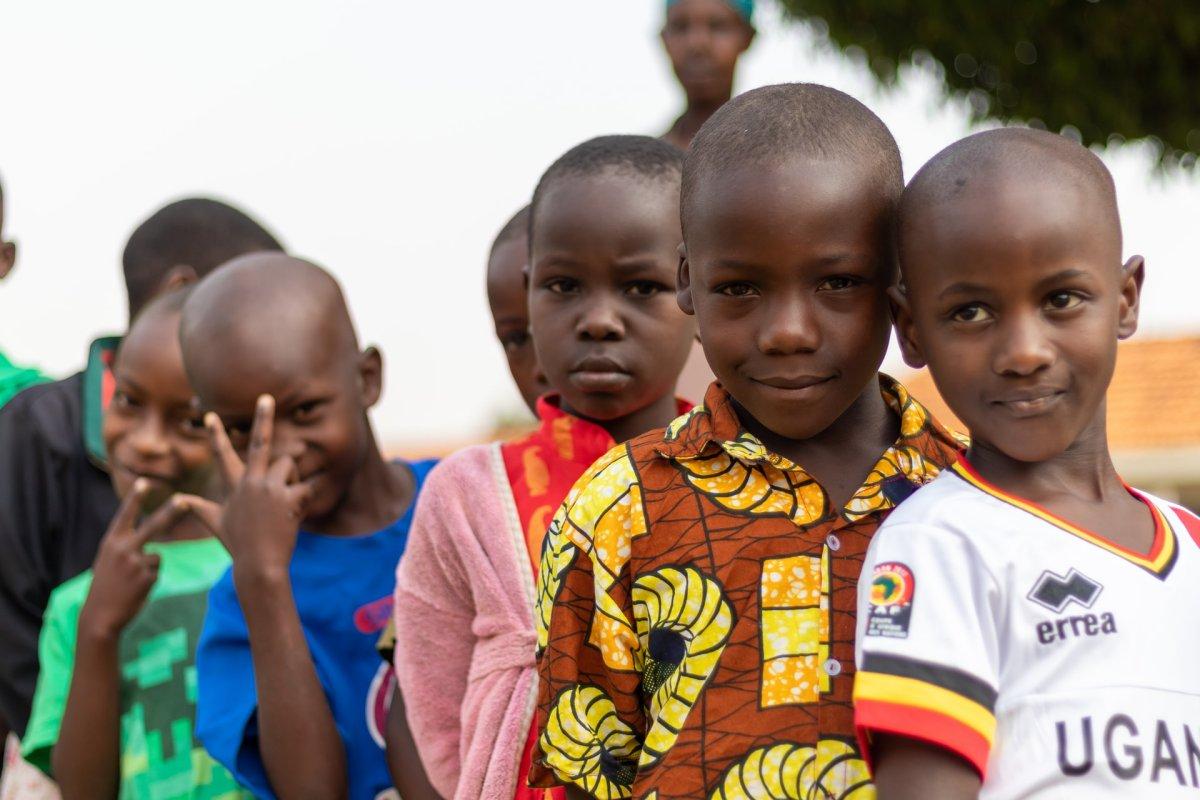
So there you have them, these were all my 17 interesting facts about the Uganda school system. I hope you enjoyed them and that you learned something new today.
In case you want to learn more about the rest of the country, feel free to keep reading, as I still have lots of things to tell you about:
Ugandan School Hours
Let’s keep going with our next part, dedicated to Ugandan school hours. The typical school schedule in one country can often be very different from your own, and it’s always interesting to have more details on how students go on about their day.
Uganda Primary School Schedule
Uganda uses a 7+4+2 education system, with primary school, lower secondary school, and upper secondary school.
The typical school year runs from February to November. 104 days are dedicated to holidays.
Ugandan children usually wake up at around 6 AM, before cleaning their dormitories and classes, bathing, and getting dressed up in their uniform.
A check-up is made at 6:30 AM, they then eat breakfast and start their lessons at 7:30 AM. Lessons last until 5 PM, and some days have dedicated game time (football, basketball, volleyball, …).
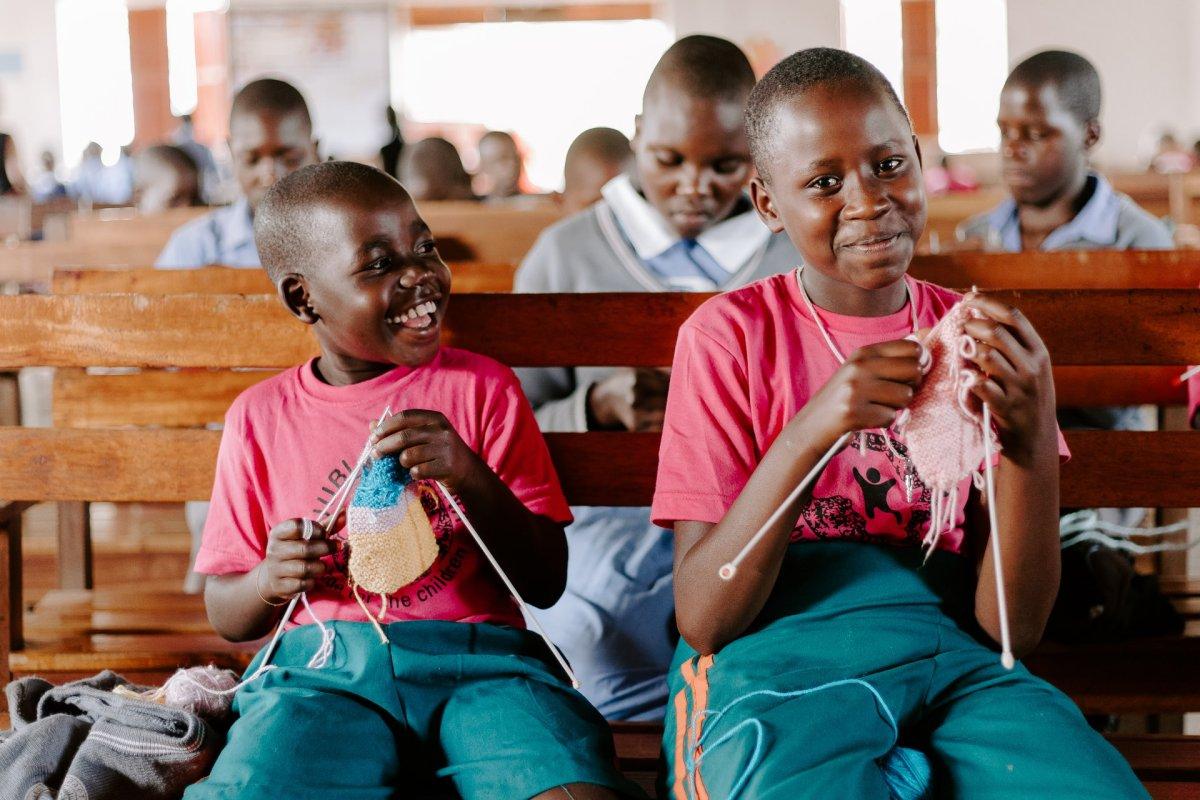
Ugandan High School Schedule
When it comes to secondary education in Uganda, there are 6 years.
Secondary education is not compulsory in Uganda, and some people have access to it tuition-free. The enrollment rates are still pretty low though.
The main studied subjects are Science, Mathematics, English, and physical education, among others.
General Facts About Schooling in Uganda
This last part is dedicated to general facts about schooling in Uganda. More specifically, we’ll check 2 key figures that will give you a better understanding of the education level in Uganda.
Enrollment in tertiary education for Uganda: 4.48%
(Average for regions: Sub-Saharan Africa: 8.6% | South Asia: 20.8% | Arab States: 36.4% | East Asia: 36.5% | Latin America: 43.3% | Europe and Central Asia: 62% | North America: 84%)
Data from World Bank EdStats/UNESCO
Uganda literacy rate: 74%
(Average for regions: Sub-Saharan Africa: 65.3% | South Asia: 72.9% | Arab States: 79.4% | Latin America: 93.7% | East Asia: 95.8% | Europe and Central Asia: 98.5%)
Data from World Bank EdStats/UNESCO
More Education Facts!
Do you want even more education facts about other countries?
Check out these facts:
Or click here to see ALL the education facts up on the blog!
The Full List of 17 Ugandan School Facts
- There are three levels and thirteen years in the education system in Uganda
- Primary education is universal since 1997 in Uganda
- Ugandan girls are severely disadvantaged compared to their male counterparts
- Some initiatives and organizations try to help Ugandan girls
- Very few Ugandan students complete primary school and carry on to secondary school
- Ugandan pupils experience serious violence during their education
- Some Ugandan children have no choice but to drop out of school because it is too expensive
- Disabled children are neglected in Uganda
- Teacher absenteeism is a tragic problem in Uganda
- There are reasons for Ugandan teachers to be out of class
- The Ugandan government spends around 10 percent of its budget on education
- Uganda is home to hundreds of thousands of migrants
- Early childhood learning and development are vastly compromised in Uganda
- Higher education in Uganda is in dire straits
- Improving education in Uganda seems impossible, but it is better every day
- Uganda vastly relies on international aid for its education funding
- Several international organizations try to help Uganda with its education
Share the knowledge! Click on the buttons below to share these facts about education in Uganda with your friends, and help them learn more about the world 🙂




I am writing a book about a school in Gulu, and I would like to discuss education in Uganda with the author of these 17 points. Could you send me the author’s email address?
Not who you wanted but still a very good source Wilber Sempijja Mengo Children’s fund.